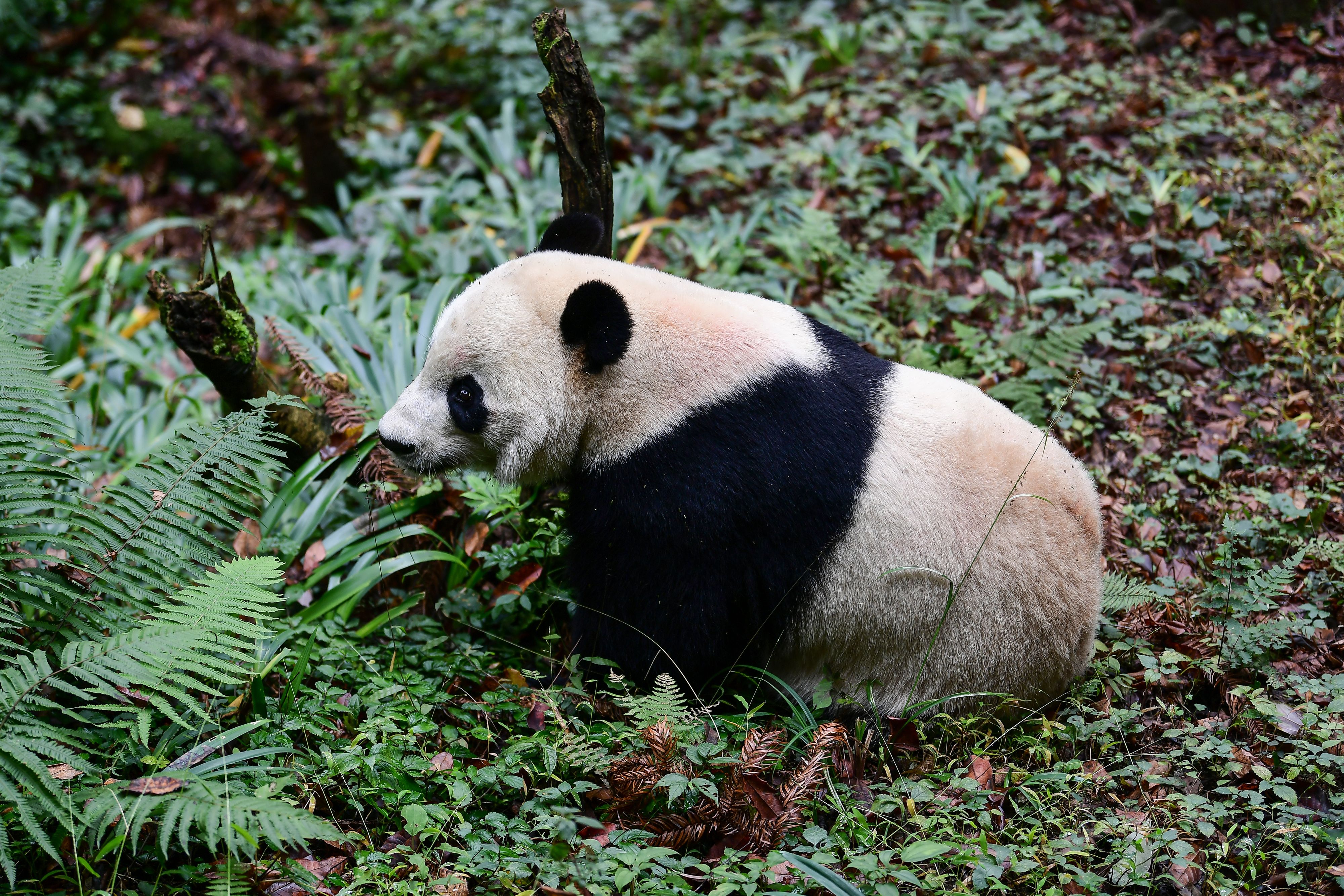Giant pandas are no longer endangered, says China, in landmark moment for conservation effort
Beijing has now downgraded the wild giant panda from ‘endangered’ to ‘vulnerable’

China says the giant panda is no longer one of its endangered species, in a massive win for conservation.
The number of wild giant pandas has increased by almost 20 per cent in a decade, reports said.
Beijing declares that there are at least 1,800 giant pandas in the wild and hence the species is now “vulnerable” and not endangered, according to its own classification.
Cui Shuhong, director of the Department of Nature and Ecology Conservation under the Ministry of Ecology and Environment, says populations of several other rare and endangered species in China have increased “significantly”.
These include the Siberian or Amur tiger, the Northeast Asian leopard, also called the Amur leopard, the Asian elephant and the crested ibis.
Giant pandas were listed as endangered in 1990. One of the factors that have led to the increase is replanting and repopulating bamboo forests, reports said. An adult eats up to 45lb of bamboo stems every day.
Five years ago, the International Union for Conservation of Nature downgraded giant pandas from its endangered species list. However, at the time, China argued that the threat to the animal was still significant.
The 2019 Global Assessment Report on Biodiversity and Ecosystem Services pointed out that “global biodiversity continues to decline, 75 per cent of the Earth surface and 66 per cent of the ocean have been changed due to human activities”.
However, it mentioned that, “China has made commendable progress in the field of biodiversity conservation, with both government investments and citizen awareness rising steadily”.
The report says: “Populations of endangered species such as the Tibetan antelope, the giant panda, the crested ibis and the snow leopard have grown substantially.”
Join our commenting forum
Join thought-provoking conversations, follow other Independent readers and see their replies
Comments